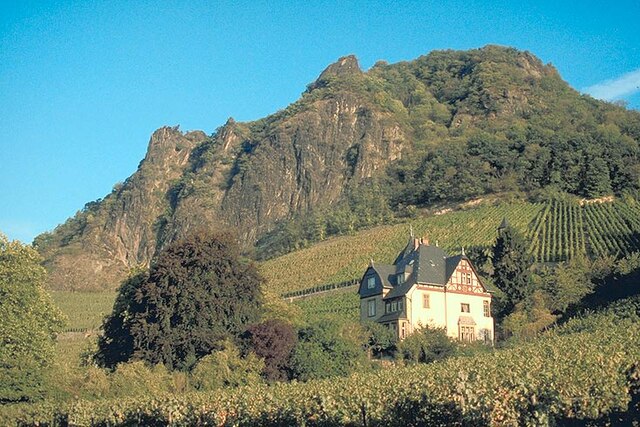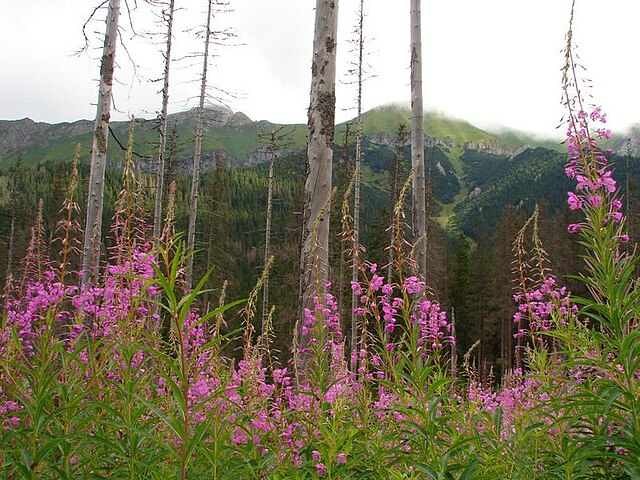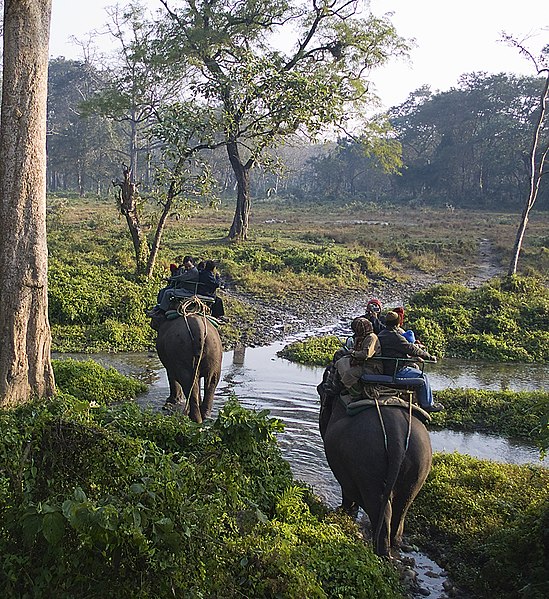A nature reserve is a protected area of importance for flora, fauna, funga, or features of geological or other special interest, which is reserved and managed for purposes of conservation and to provide special opportunities for study or research. They may be designated by government institutions in some countries, or by private landowners, such as charities and research institutions. Nature reserves fall into different IUCN categories depending on the level of protection afforded by local laws. Normally it is more strictly protected than a nature park. Various jurisdictions may use other terminology, such as ecological protection area or private protected area in legislation and in official titles of the reserves.
Bee Lick Creek in the Jefferson Memorial Forest, a National Audubon Society wildlife refuge
Charles Waterton established the first nature reserve in 1821.
Drachenfels (Siebengebirge)
A forest of the Aulanko Reserve in Hämeenlinna, Tavastia Proper, Finland
Protected areas or conservation areas are locations which receive protection because of their recognized natural, ecological or cultural values. Protected areas are those areas in which human presence or the exploitation of natural resources is limited.
Strict nature reserve Belianske Tatras in Slovakia
Black Opal Spring in Yellowstone National Park in the United States. Yellowstone, the world's second official protected area (after Mongolia's Bogd Khan Mountain), was declared a protected area in 1872, and it encompasses areas which are classified as both a National Park (Category II) and a Habitat Management Area (Category IV).
Schweizerischer National Park in the Swiss Alps is a Strict Nature Reserve (Category Ia).
The Jaldapara National Park in West Bengal, India, is a Habitat Management Area (Category IV).








